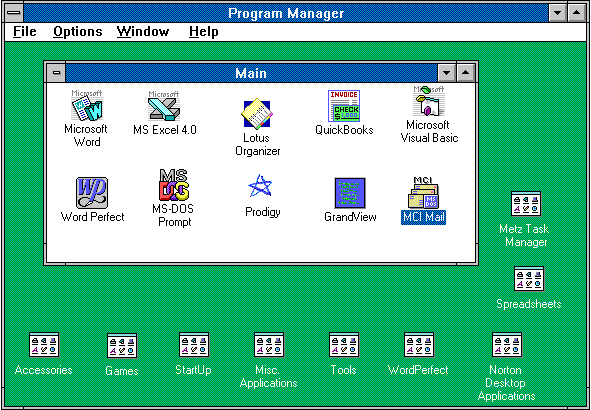As the early computers gained enough oomph to sport graphics, it became evident for some method to store those images. Thus was born the graphics file format.
Today, three graphics file formats dominate the Internet:
PNG. The “ping” file format is perhaps the most common, offering good image quality in a small file size.PNGis the go-to graphics file format.JPG/JPEG. The “jay-peg” file format offers compression, which makes it ideal for the Internet, althoughPNGhas gained in popularity.GIF. The “jiff” file format is low resolution, but it has the advantage of being able to store animations.GIFfiles today are used primarily to display animations.
Additional file formats are available, although mostly for professionals:
TIFF. The TIFF file format is used for image editing. The files are huge, which is why they’re shunned on the Internet.BMP. Windows bitmap files are used in Windows, although PNG is rapidly replacing them.CRW. The digital Camera Raw file format represents the images absolute resolution without any compression. It’s used primarily in professional photography.
I’m probably missing a few file formats. That happens. But what I’m truly missing are the graphics file formats that were popular years ago — acronyms and names that I once knew readily, but which have now fallen by the wayside.
For example, PCX was once the PC computer graphics file format. The PCX format was native to a program called PC Paintbrush, which was incredibly popular back in the late 1980s and early 1990s. Almost all of the illustrations in my books were stored in the PCX format.
In Figure 1, you see a PCX file that Photoshop was able to open. I converted the PCX into the PNG format for display on the web. I suppose this means the format isn’t truly dead, but aside from programs like Photoshop the format is not longer supported. Or, to put it another way, no software today generates PCX files.

Figure 1. This was originally Figure 11-1 from my book Advanced MS-DOS Batch File Programming, Fourth Edition, published by TAB/Windcrest.
The original Macintosh graphics program was MacPaint, which saved its files in the MacPaint file format. (The Mac didn’t use filename extensions.) The program was discontinued in 1989.
One of the Mac graphics file formats I remember using was PICT, which was short for picture. The PICT format was dropped when OS X was originally developed back in 2001.
Are there other graphics file format tombstones? You bet! I just can’t recall them all, mostly because these formats came and went. In fact, unlike today, graphics programs of yesterday all used their own proprietary file formats. Common graphics file formats were rare. That explains the abundance of graphics file conversion utilities way back when.
With the dominance of JPG starting in the 1990s, things have become more stable. Yet they’re only stable until the next, best graphics file format comes out. That could happen any day now.

